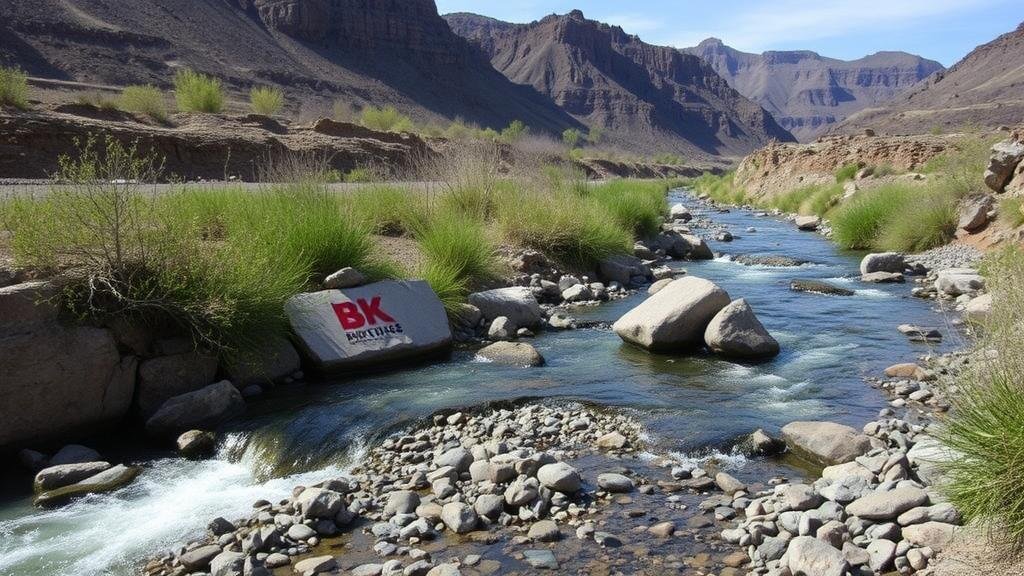Locating Narrow Pay Streaks in Shallow Riverbeds Using Surface Indicators
Locating Narrow Pay Streaks in Shallow Riverbeds Using Surface Indicators
Identifying narrow pay streaks in shallow riverbeds is a crucial aspect of recreational gold prospecting and commercial mining. Pay streaks refer to areas within a riverbed where gold is accumulated, often due to the rivers flow dynamics. Understanding how to locate these invaluable zones using surface indicators can lead to significant success in gold recovery. This article delves into the methodologies, surface indicators, and practical considerations for prospectors aiming to identify these lucrative areas.
The Importance of Understanding River Dynamics
Before exploring surface indicators, it is essential to grasp the dynamics of river systems. Rivers are constantly eroding, transporting, and depositing sediment, which can result in gold accumulation. The behavior of water–particularly its speed, direction, and volume–affects how and where gold settles. For example, in a meandering river, faster currents can carry gold downstream, while slower-moving sections may allow sediment to drop, creating potential pay streaks.
Recognizing Surface Indicators
Surface indicators are vital clues that can lead to the discovery of pay streaks. Several key indicators can assist prospectors in locating these areas:
- High-Grade Materials: The presence of larger gravels and boulders can indicate areas where eddies form, often leading to gold deposition.
- Vegetation Patterns: Unique plant growth patterns can signal consistent moisture, which may correlate to the underlying sediment composition.
- Color Changes in the Riverbed: Variations in sediment color may imply differences in composition, suggesting areas of concentrated pay materials.
- Presence of Black Sand: Black sand is often associated with gold and can indicate nearby pay streaks, as gold tends to be denser than sand.
Using Geology as a Guide
The geological characteristics of a region play a significant role in pay streak formation. Gold typically occurs in areas where the underlying geology features quartz veins, schist, or other metamorphic rock types. Understanding local geology can enhance the ability to locate pay streaks. For example, in regions like the Sierra Nevada, prospectors focus on areas with granite outcrops, which are more likely to contain gold-laden sediments.
Case Studies and Real-World Applications
An examination of successful prospecting endeavors highlights the importance of surface indicators. In Alaska, gold prospectors have utilized the visual cue of large gravel bars along the Yukon River as markers of potential pay streak locations. Similarly, during the Gold Rush era in California, miners paid close attention to vegetation and soil characteristics, helping them uncover rich deposits along river bends.
Practical Considerations for Prospectors
While surface indicators provide valuable insights, several practical considerations should be taken into account:
- Regulatory Compliance: Always be aware of local mining laws and regulations, as certain areas may have restrictions on prospecting.
- Environmental Impact: Miners should practice sustainable methods to minimize ecological disturbance.
- Safety Precautions: Rivers can be unpredictable; always ensure safe practices to avoid accidents.
Actionable Takeaways
To successfully locate narrow pay streaks in shallow riverbeds using surface indicators, prospectors should:
- Study river dynamics to understand gold deposition patterns.
- Regularly monitor and analyze surface indicators such as gravel types and vegetation.
- Consult geological maps to align surface findings with the underlying geology.
- Use best practices for safety and environmental stewardship while prospecting.
By following these guidelines and understanding the key indicators that suggest the presence of gold, prospectors can enhance their chances of success in locating valuable pay streaks within shallow riverbeds.



